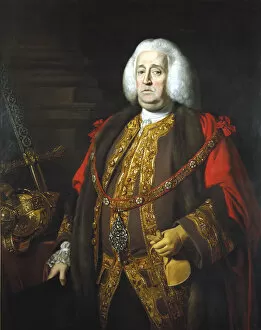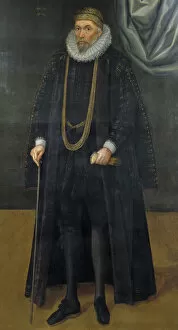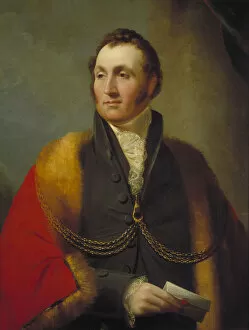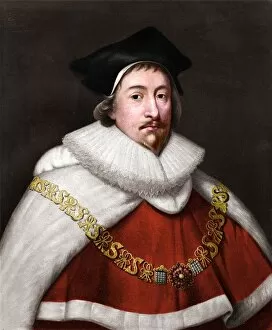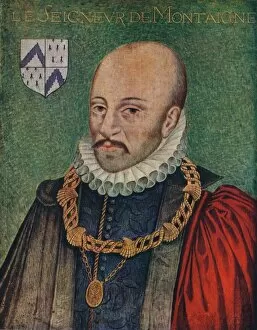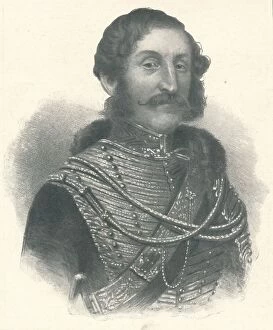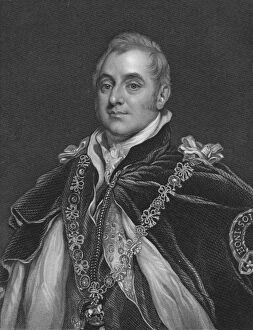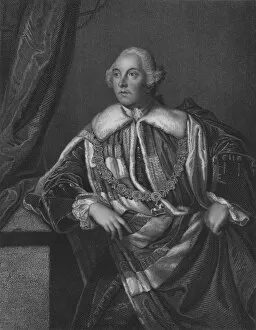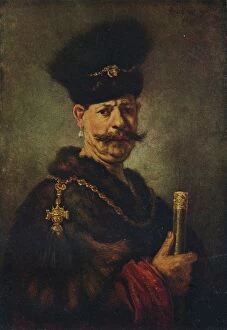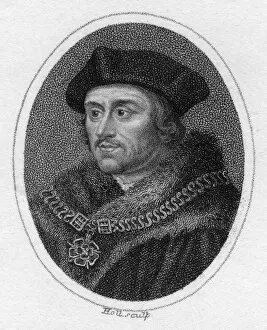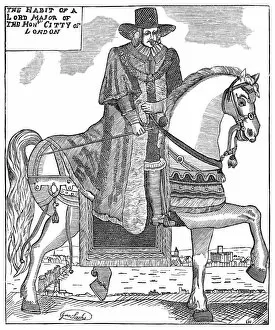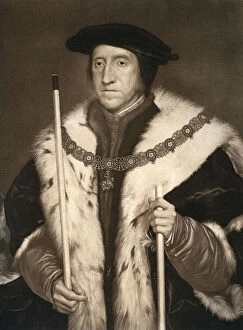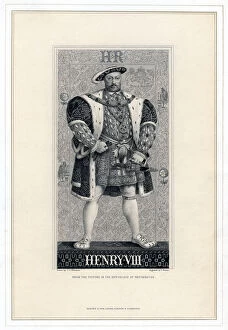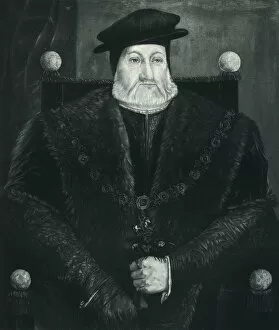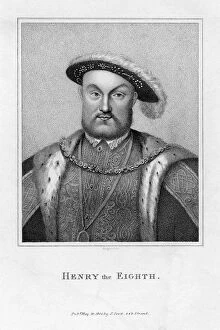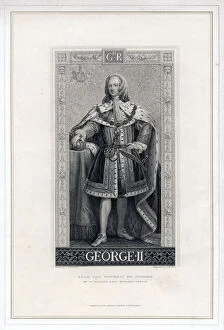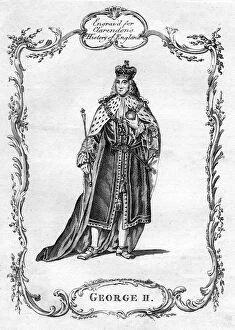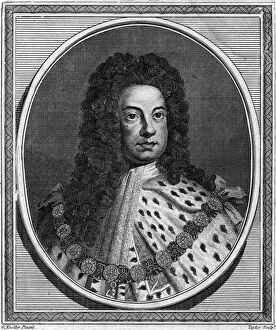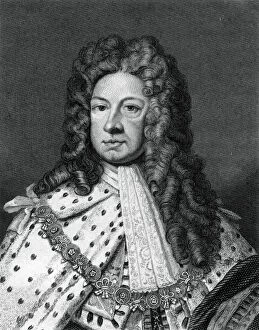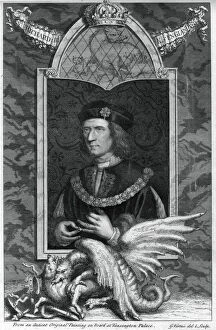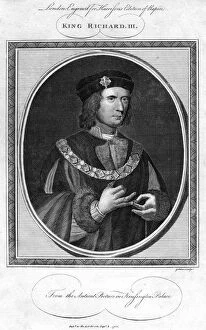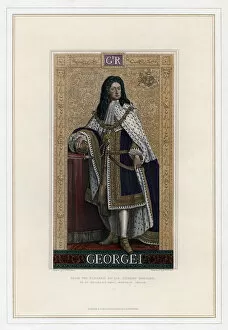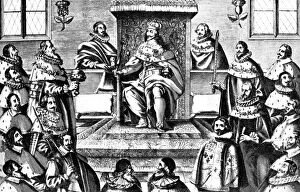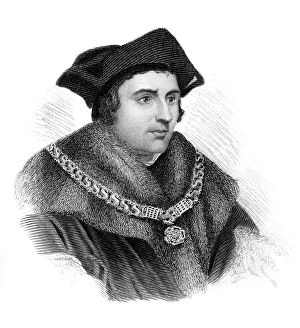Chain Of Office Collection (page 5)
"The Chain of Office: A Symbol of Power and Prestige" The concept of the chain of office dates back centuries, representing authority and honor
For sale as Licensed Images
Choose your image, Select your licence and Download the media
"The Chain of Office: A Symbol of Power and Prestige" The concept of the chain of office dates back centuries, representing authority and honor. In 1527, Sir Thomas More donned a magnificent chain as Lord Chancellor, showcasing his esteemed position in society. This intricate piece was captured by Hans Holbein the Younger in a stunning portrait that still captivates viewers today. Fast forward to 1902, when Alderman James Hellyer proudly wore the chain as Lord Mayor of Cardiff. His image immortalized this significant moment, highlighting the importance bestowed upon him by his community. In December 1993, Fowey Deputy Mayor proudly displayed their own unique chain during a memorable event in Cornwall. The charm and elegance exuded from this accessory added an air of distinction to the occasion. Chains were not limited to political figures alone; even football teams embraced their significance. A reunion held in October 1992 for a football team in Fowey saw players adorned with their cherished chains, symbolizing unity and shared achievements on the field. Mayoral ceremonies became synonymous with these prestigious chains. In May 1993, Fowey witnessed its mayor making ceremony where yet another deserving individual assumed leadership while wearing this emblematic adornment. Beyond politics and sports, organizations like Rotary Clubs also recognized outstanding individuals through the passing on of chains. Lostwithiel's Rotary Club Presidency Handover in July 1990 marked a transition filled with pride and responsibility. Looking further into history reveals notable figures who wore these remarkable accessories long ago. Sir Edward Coke's depiction from c1666 showcases his influence as an English lawyer and politician—a testament to how far back these traditions extend. Even mundane tasks took on grandeur when performed by those entrusted with power—such as Neath Book's Mayor starting a paper shredding machine while wearing their distinguished chain—an act that elevated ordinary actions into something extraordinary.

